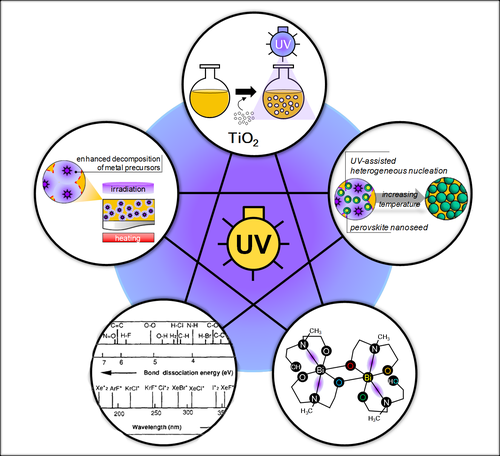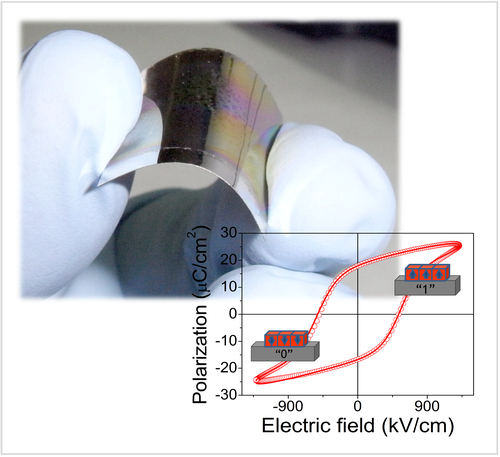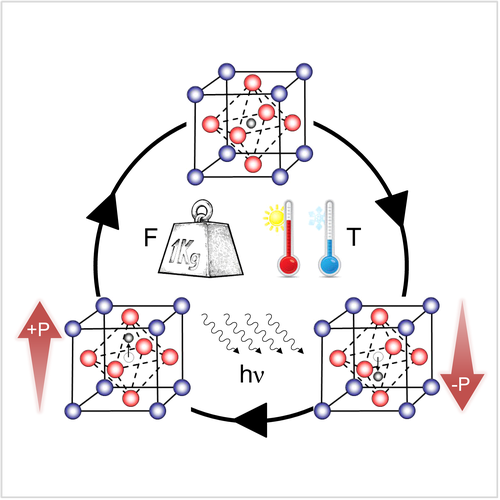Contact person: M. Lourdes Calzada
Low-temperature processing of metal oxide thin films
Over the last few years the efforts devoted to the research on low-temperature processing of metal oxide thin films have increased notably. The benefits obtained from decreasing the processing temperature span from minimizing the environmental impact (carbon footprint) to reducing the overall costs of the production line. Additionally, the low-temperature processing has also opened the door to the incorporation of an increasing number of materials (e.g. amorphous semiconductors) in technologically disruptive areas like flexible electronics. This research line explores a number of strategies based on wet chemical methods for inducing the crystallization of metal oxide thin films at low temperatures (below 400 ºC). The key mechanisms are designed in relation to the specific step of the fabrication process reached in an earlier stage: the formation of a defect-free, highly densified amorphous metal-oxygen network or the actual crystallization of the metal oxide. The role of photochemistry, where light can be used as a complementary energy source instead of the conventional heating, is particularly highlighted. The reduction of the energy consumption upon decreasing the processing temperature may bring closer the transition towards a sustainable manufacturing system with practically null heating demands.

Integration of crystalline oxides into flexible electronic systems
Nowadays, the direct growth of metal oxide layers on low-melting-point flexible substrates (e.g. plastic, paper, or textile) is only possible at processing temperatures below the thermal degradation of the latter: around 350 ºC in the most favorable case (i.e. polyimide foils). This constitutes a big challenge for the effective integration of complex oxides, since their crystallization temperatures (usually over 600 ºC) are still several hundred degrees above the values that polymeric substrates can withstand. If crystallization is not achieved, most metal oxides lack of the physical property that ultimately defines the functionality of the material. The versatility of wet chemical methods has allowed the easy exploration of novel crystallization pathways for metal oxides, pushing them at the core of next-generation flexible electronic systems. This research line aims at the incorporation of crystalline oxides to the former systems providing a wide range of novel functionalities (electrical, magnetic or optical) beyond the capabilities of current flexible electronic devices. As a result, metal oxides will be readily available for the development of disruptive applications in macroelectronics, digital information and communication technologies or wearable systems, being especially important for tackling societal challenges as healthcare.

High-performance multifunctional oxides for electronic skin
The prospect of creating an artificial skin with human-like sensory capabilities involves the development of electronic networks comprised of flexible and stretchable devices compatible with large-area implementation and integrated with multiple functionalities (electronic skin or e-skin). Significant advancements will be tremendously boosted if the current need for new materials with superior electronic performance is covered. Complex oxides are expected to meet this challenge, but their integration as layers in e-skin devices requires nothing short of a technological revolution owing to their high crystallization temperatures. A large-area, low-cost technology capable of growing these oxides directly on flexible and stretchable substrates may enable a new generation of devices that would outperform those currently used based on organic and amorphous materials. This research line concerns the development of highly sensitive flexible sensors for e-skin devices based on piezoelectric and pyroelectric oxides with an optimum response to tactile and thermal stimuli (as most relevant functions of human skin). Additionally, the properties of e-skin could be augmented by self-powering capability after the incorporation of mechanical energy harvesters and/or solar cells based on piezoelectric or photovoltaic oxides, respectively. The demonstration of distinct electronic components with potential application in e-skin devices for healthcare and robotics will be investigated.

